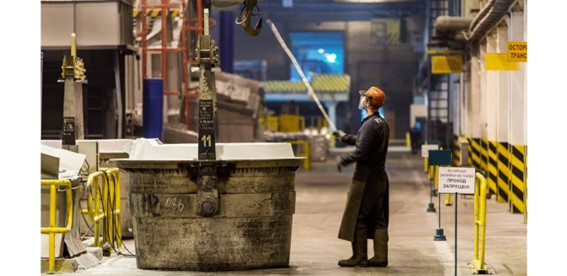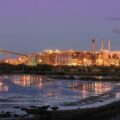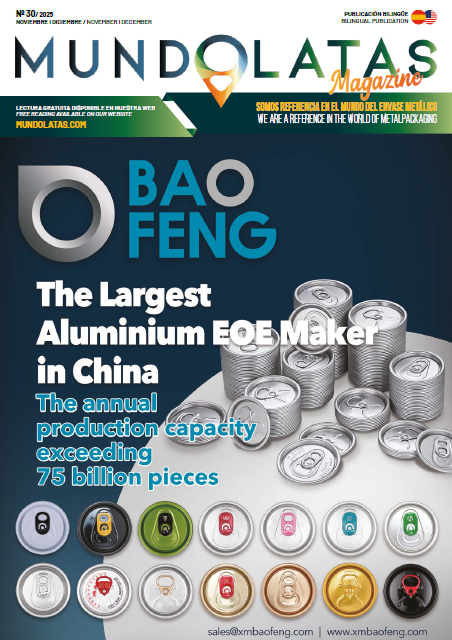The Russian giant, RUSAL, one of the world’s leading aluminum producers, has just published its annual Sustainability Report.
Under the title ‘Human Focus’, the recent report refers to the current economic conditions in the post-pandemic period. The Russian multinational pays special attention to the preservation of its human capital. Specifically, it is based on two fundamental premises: the first is to guarantee safe working conditions, as well as professional development, decent remuneration for employees and their quality of life in the regions where the company’s ventures operate.
Following the strategy to achieve carbon neutrality by 2050 (Net Zero), RUSAL has been setting priorities for further ESG business transformation over the past year. The company sees its strategic objective in the creation of a new asset class in the aluminum sector.
Over the past year, RUSAL increased the salaries of employees of Russian companies twice: at the beginning of the year, the increase ranged from 10% to 20%. At the same time, the company resumed a preferential housing program for employees of the production units, corresponding to the payment of 10% of the cost of housing, as well as the payment of 50% of the monthly payment.
The company also earmarked an economic fund of approximately 1.9 billion rubles in 2021 for the implementation of projects and activities within the framework of the program. Last year, RUSAL inaugurated the first phase of one of the world’s most technologically advanced aluminum smelters – the Taishet Aluminum Smelter (TaAZ) in the Irkutsk region. The facility runs on clean energy, provided by Siberian hydropower.
In addition, in 2021 RUSAL has announced a green modernization program for the Krasnoyarsk, Bratsk, Irkutsk and Novokuznetsk aluminum smelters. It also works constantly to reduce the discharge of industrial water, as well as emissions of pollutants and greenhouse gases into the atmosphere. Throughout 4 years of participation in the federal ‘Clean Air’ project, RUSAL achieved a reduction in emissions of priority pollutants by 9.7 thousand tons, which is almost 40% of the target set for 2024.














